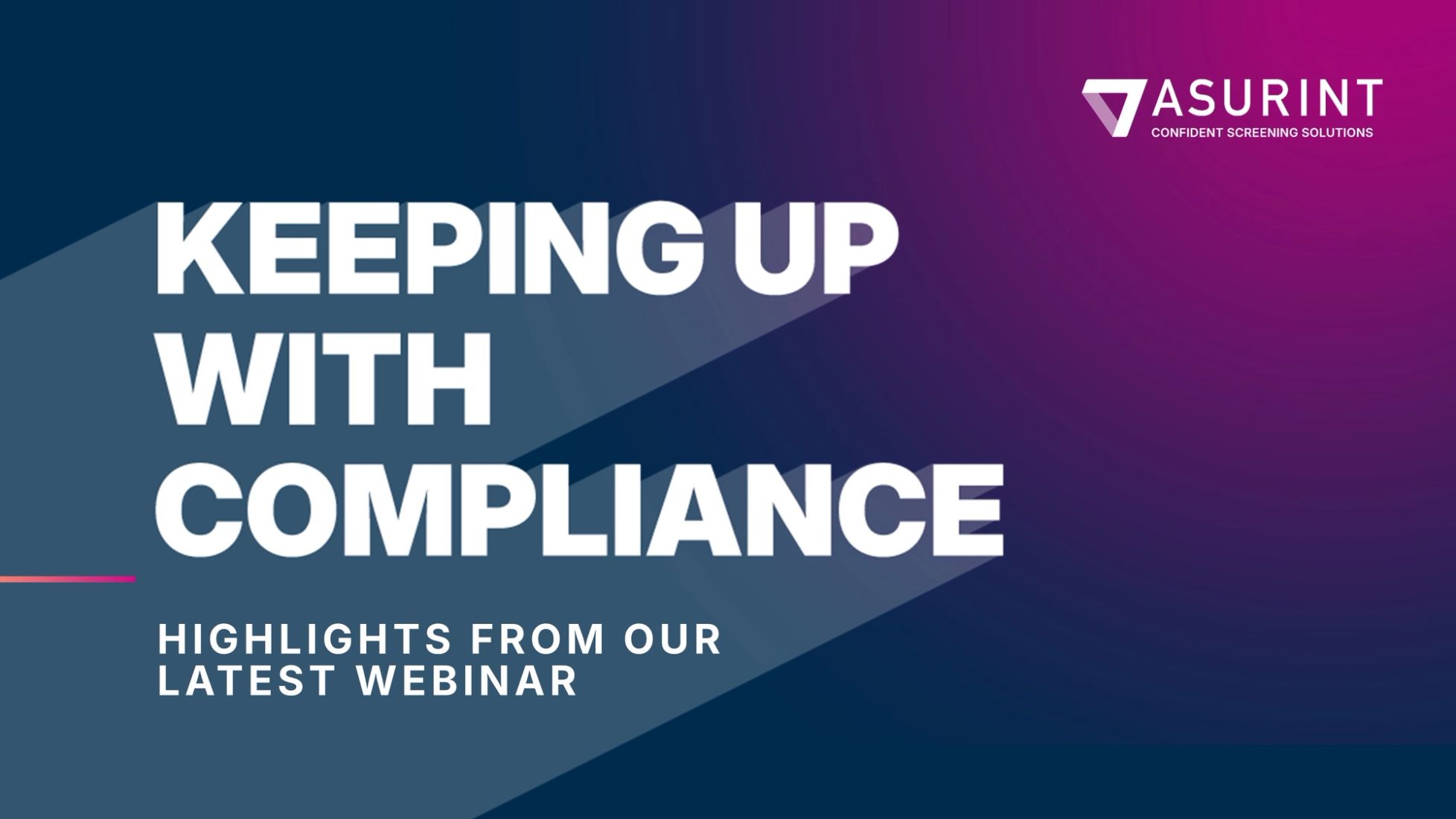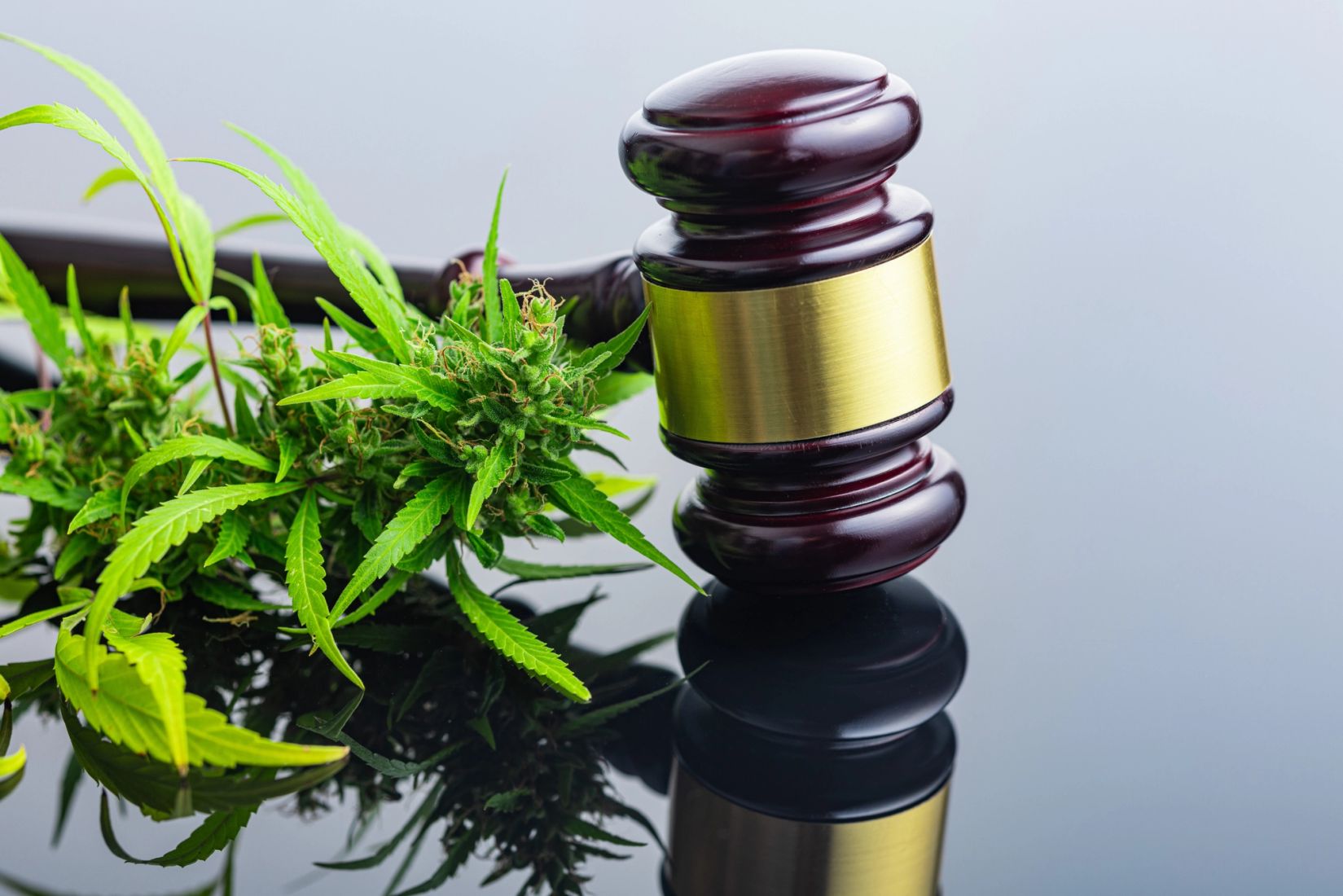
Illinois Passes Clean Slate Act
Illinois Clean Slate Act recently passed and is awaiting Governor Pritzker’s signature. If no action is taken to either sign or veto by December 29th, it will become law.

What’s New in HR Compliance? Highlights from Our Latest Webinar
In Asurint’s final compliance webinar of 2025, General Counsel, Kelly Uebel, breaks down the most impactful changes HR professionals need to know heading into 2026.

Bill Introduced in U.S. House to Ban Credit Checks in Tenant Screening
U.S. Representative Maxwell Frost recently introduced H.R.4369, “End Tenant Credit Screening Act."

Massachusetts Attorney General Certifies Marijuana-Related Ballot Petitions
Massachusetts Attorney General Andrea Joy Campbell has certified 44 ballot initiative petitions including two aimed at rolling back the legalization of recreational marijuana.

3 Drug Testing Trends Transportation Fleets Can’t Ignore
With the surge of fentanyl positivity rates, here are three trends every transportation company should be aware of when it comes to random drug testing.

Olympia City Council Considering Tenant Screening Restrictions
Olympia City Council has been considering potential legislation aimed at regulating aspects of the tenant screening process.

“At Will” Employment Status Results in CBD Suit Termination
U.S. Court of Appeals for the Eighth Circuit issued a ruling upholding a summary judgment in favor of the employer who faced the lawsuit after terminating an employee for a THC positive drug test.

5 Questions to Ask Before Using Social Media Screening in Hiring Decisions
Here are five essential questions every organization should ask when looking t use social media screening in their hiring decisions.

Chester County, PA Enacts Antidiscrimination Ordinance
Starting December 23, 2025, Chester County, Pennsylvania will have a new antidiscrimination ordinance in place impacting employers.

Massachusetts Legislature Advances Employment Discrimination Bill Protecting Marijuana Users
Massachusetts is moving closer to reshaping workplace cannabis policies.

Philadelphia Amends Fair Chance Law
Philadelphia’s mayor signed amendments to the city’s Fair Criminal Record Screening Standards Ordinance (FCRSSO) into law on October 8th.

Cruise Line Company Settles Fair Credit Reporting Act Adverse Action Claims
A cruise line company recently settled claims that it violated the Fair Credit Reporting Act (FCRA).


